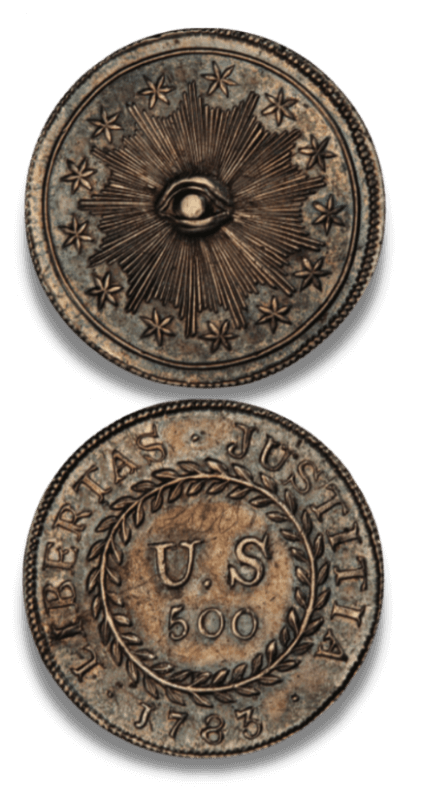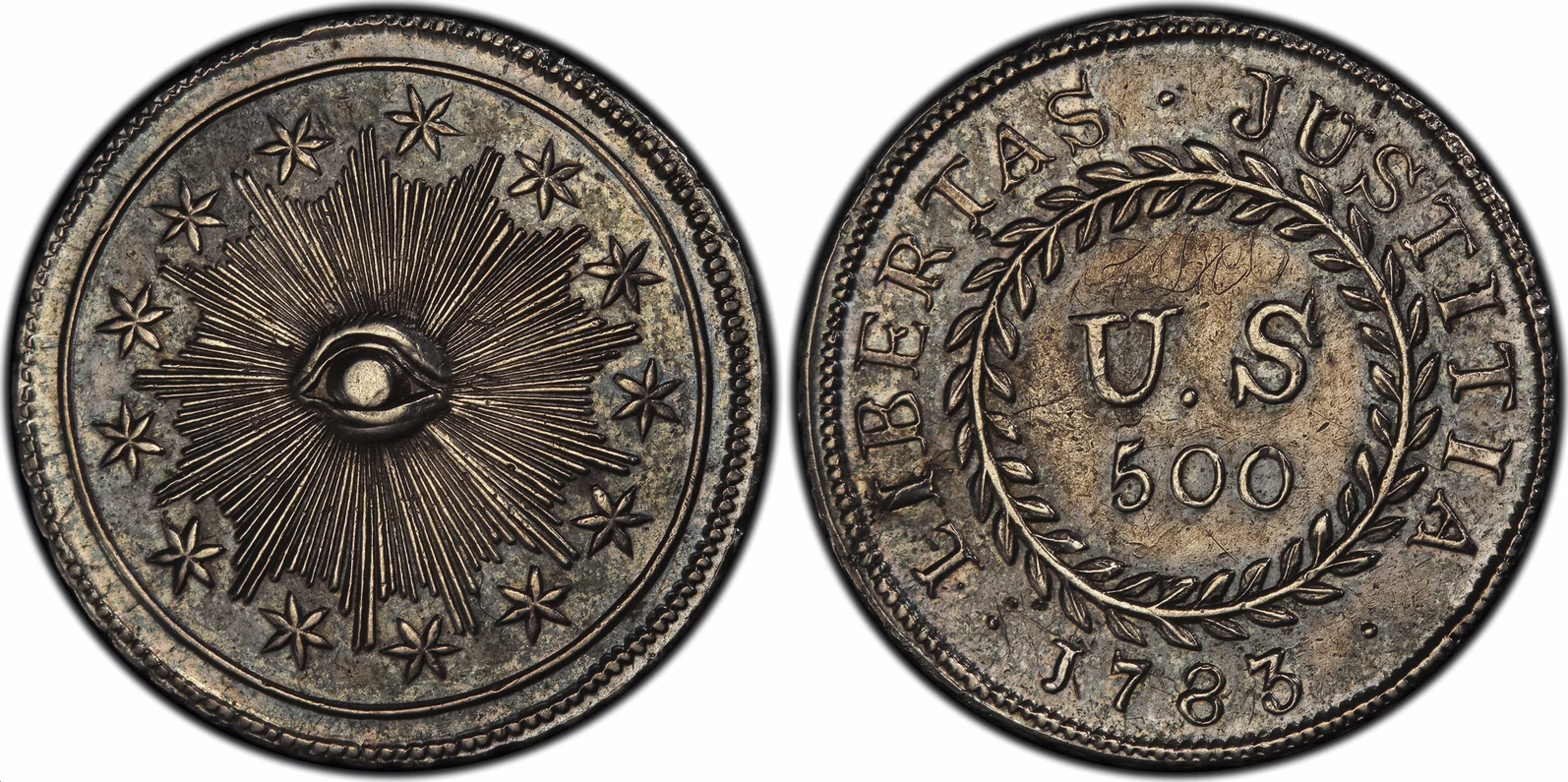An Act of Independence

Within hours of receiving the news that the Revolutionary War had been won, the United States ordered its first coin to be struck.
On Sunday, March 23, 1783, a French naval cutter made its way up the Del- aware River, dropping anchor south of Independence Hall in Philadelphia. The aptly named Le Triomphe had set sail from Cadiz 36 days earlier, carrying news that Great Britain recognized the sovereignty of the United States. American independence had become a reality.
Reports that the war was over soon found their way to Superintendent of Finance Robert Morris, the nation’s chief executive and undoubt- edly the most powerful man in Confederation-era North America. That evening, the financier was dining with John Barker Church, a successful merchant and brother-in-law to Alexander Ham- ilton. Church dashed off a letter to a business associate, recording that the news was first de- livered to Morris at 6:20 p.m., writing, “Ten minutes since the Captn. Of the Hyder Ally came to Morris’s ... with the News that a General Peace was signed on the 20th of this Month.” Mor- ris and his friends proceeded to “Get Drunk as will many Christians who has [sic] this day been
Piously Devoted.” The following morning, a jubi- lant Morris recorded in his diary, “Yesterday we received the glorious News that a general Peace was concluded at Paris January 20th, 1783.”


